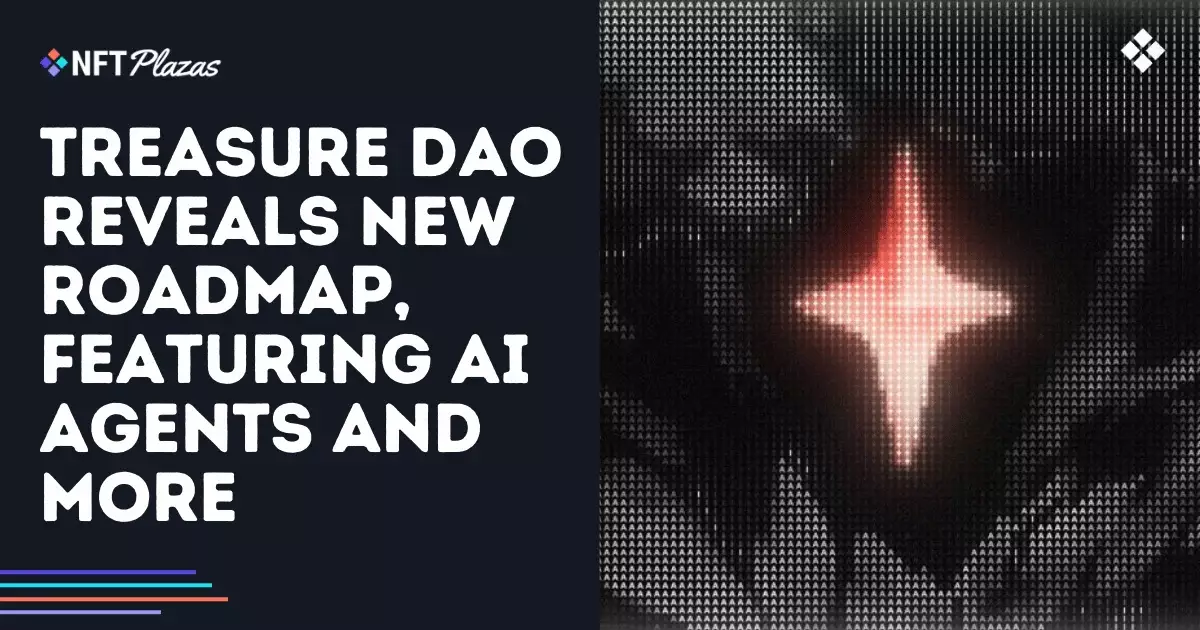The NFT gaming industry is undergoing a radical transformation as organizations like Treasure turn their sights toward artificial intelligence, redefining what digital interactive experiences can be. The recent roadmap introduced by Treasure suggests a bold pivot from traditional gaming towards creating immersive, autonomous digital ecosystems inhabited by AI agents. This shift isn’t merely a trend; it’s a necessity as gamers demand richer, more engaging experiences. As we stand at the crossroads of technology and entertainment, integrating AI into gaming acts as a catalyst for deeper immersion and sustained player engagement.
From Static to Dynamic: Rethinking NFT Integration
For years, the NFT space has primarily relied on static assets—digital collectibles linked to unique identifiers. However, Treasure’s recognition of this limitation is a game changer. By introducing complex interactions through AI agents, the traditional notions of ownership and gameplay are being rewritten. These enhanced digital entities promise to evolve and interact, adding layers of strategy and realism previously unimaginable in the NFT landscape. The launch of the Smolworld simulation game exemplifies this evolution, wherein AI characters signaling traits and behaviors based on player-driven interactions are expected to create organically growing communities.
Community-Centric Governance: The DAO Advantage
Treasure’s decentralized autonomous organization (DAO) model underscores the importance of player involvement in shaping the gaming experience. This community-driven approach resists top-down decision-making often seen in other gaming circles while giving users a genuine stake in the platform’s evolution. As players propose and vote on key developments, they become active architects of their digital realms rather than passive consumers. The clear promise of transparency and engagement offered by DAO structures must be fully harnessed, allowing for a truly collaborative environment that speaks to gamers’ desires for ownership.
The Magic Token: Powering Transactions in a Complex Ecosystem
The $MAGIC token remains a vital instrument within the Treasure network as it underpins all transactions related to AI agents and game mechanics. Its role goes beyond mere transactions; it offers a profound purpose in incentivizing player communities, enabling them to partake in the platform’s governance, and facilitating a unique economy centered around digital assets. However, as the network explores expansion, the challenge lies in ensuring the token remains relevant and valuable amidst increasing competition from other blockchain ecosystems. This is a critical consideration for investors and players alike as they navigate the evolving crypto landscape.
Challenges Ahead: Balancing Innovation with Tradition
While Treasure’s innovative roadmap promises thrilling advancements, pitfalls loom in its wake. Balancing the complexities of AI integration with player expectations introduces risks of alienation for gamers who favor simpler, more traditional gameplay. Furthermore, the reliance on crypto-based economies can alienate those unfamiliar with blockchain technology, presenting a dual challenge of fostering adoption while maintaining cutting-edge innovation. As we look to the future, the key question remains: Can organizations like Treasure acknowledge the roots of gaming culture while forging an audacious path into the digital future?
As the NFT and gaming landscapes evolve, platforms must prioritize both innovation and community interests. The journey of Treasure and its roadmap marks a significant step towards redefining the meaning of gaming in the digital age—one that blends traditional notions of play with revolutionary technological advancements.















